- What is heel spur: the causes and symptoms
- The healing properties of horseradish
- How to use horseradish with a heel spike
- The best horseradish recipe
- Combined recipes
- Horseradish leaves for the treatment of heel spurs
Today the use of alternative medicine in the fight against bone-the muscular system is still relevant. Treatment of spurs with horseradish has long been considered effective and safe. Herbalists of Ancient Russia used this method to relieve pain and inflammation, improve blood circulation in the affected area. The method is based on a warming, distracting, irritating effect and gives an excellent result at the onset of the disease.
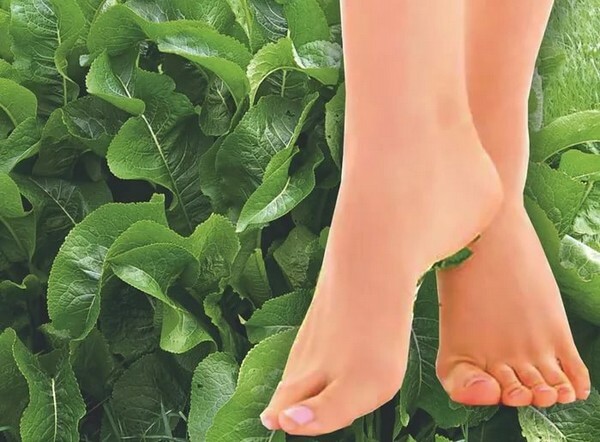
are used to treat spurs. What is heel spur: the causes and symptoms of
The term "calcaneal spur" is used not only by ordinary citizens, but also by medical personnel. In scientific publications, the disease is called plantar fasciitis. At the heart of the disease is the pathological growth of the plantar( plantar) ligament( fasciitis).Simply put, heel spur is a type of osteophyte( bone marrow).
Warning. Outside, this disease is invisible. The thorn is safely hidden under the skin, and you can see it only on an X-ray.
The cause of fasciitis can be trauma to the sole, standing work, the long wearing of uncomfortable shoes, as well as diabetes mellitus, the deposition of uric acid salts, inflammatory process or atherosclerosis.
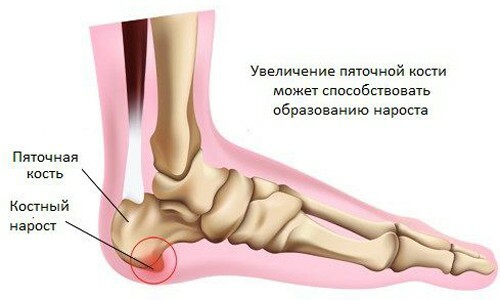
Medicinal properties of horseradish
Horseradish is referred to perennial grass of the cabbage family. The plant has long been valued for its taste and medicinal qualities. Since the X century in Russia, it began to be used as a seasoning for meat dishes and as a medicine. In Europe, horseradish is still used only as a vegetable crop.
Gardeners and truck farmers of Russia appreciate the burning root for its unpretentiousness and peculiar taste and smell. High consumer qualities of the plant are due to its rich chemical composition.
The greatest amount of biologically active components is concentrated in the horseradish roots:
- lysozyme, which has an antimicrobial effect;
- vitamins of group B, A, C, PP;
- riboflavin;
- microelements - potassium, magnesium, selenium, sulfur, phosphorus, iron, copper;
- sugar, starch;
- carbohydrates.
In the leaves there are alkaloids, a large number of vitamins C and A, mineral salts.
To the note. Horseradish is considered a record holder for the content of ascorbic acid and carotene. According to these indicators young leaves leave far behind black currant and rose hips.
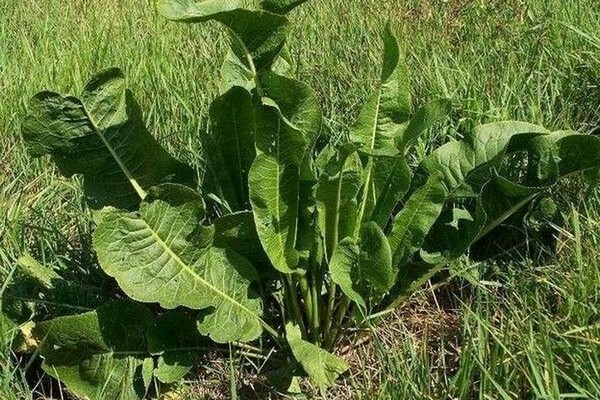
The effectiveness of horseradish spur treatment is due to the presence of allyl-mustard oil in all parts of the plant, which has an irritating and warming property. In combination with other substances, it improves blood circulation, has a strong analgesic and anti-edematous effect.
All the biological components of the burning seasoning are very active and can cause an allergic reaction. Before you start phytotherapy, it is advisable to consult a doctor.
How to use horseradish with calcaneal spur
When starting heel spurs treatment with horseradish, it should be remembered that phyto-drug should be fresh. Store seasoning in jars or harvested horseradish is not recommended. There will not be much harm from the products, but also benefits.
The best option for the treatment of fasciitis is a freshly rinsed and washed plant in flowing water. Buying horseradish on the market, you should choose a young, juicy root, covered with peel. Leaves should be elastic, without damage.
Tip. Prepare a hot potion for future use. Phytomedication quickly loses its medicinal qualities, therefore it is impossible to store the grated product for more than 7 days.
The best recipe for horseradish
Horseradish from the heel spur is acceptable to use as an independent type of treatment, and in combination with other means. Ideally, phytotherapy should be used as an addition to the medication prescribed by a doctor.
Bone growth is a rather complicated and poorly treatable pathology. It is especially difficult to fight the disease at a late stage of the disease. The expressed discomfort forces to a minimum to limit physical activity and movement. In neglected cases, the only way out is often an operation, during which the osteophyte is excised.
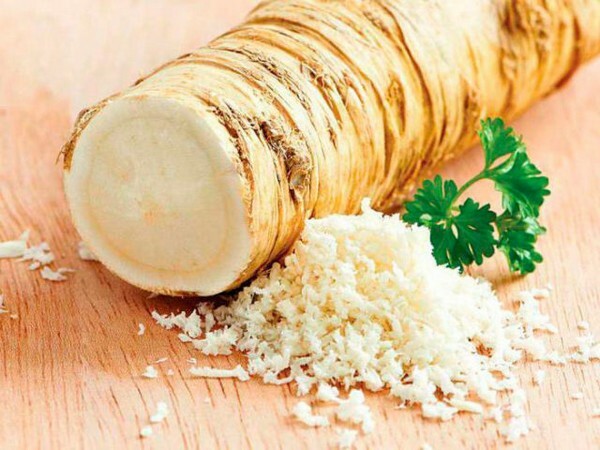
Thus, medicinal drugs based on horseradish are most effective at the beginning of the malaise. From the fresh root, prepare the gruel and apply to the sore spot. On top of the composition is covered with a plastic film or a piece of wax paper and fixed with a bandage.
With another method of treating spurs with horseradish, the grated root is placed on a bandage or gauze. The resulting compress is bandaged to the heel and left, as in the first case, for 60 minutes.
Tip. To prevent burning irritation, it is recommended to apply gruel more often, but for a short time. At occurrence of a dyscomfort the time of procedure should be picked up individually.
In addition to compresses, based on horseradish medicinal baths are prepared. For this, the plant is ground and boiled on a quiet fire for 5-7 minutes. In a hot, but not scalding solution, put the affected limb and stand until the broth cools. The procedures are carried out twice a week.Combined prescriptions
Treating the calcaneal spur with horseradish combined with additional components significantly increases the effectiveness of the procedure and reduces the irritant effect of the drug. The most popular combination of a burning root with honey, salt, interior fat, white clay.
With honey
Grated horseradish is mixed with honey in a ratio of 1: 1.The obtained composition has analgesic and anti-inflammatory effect, removes puffiness, improves blood circulation.
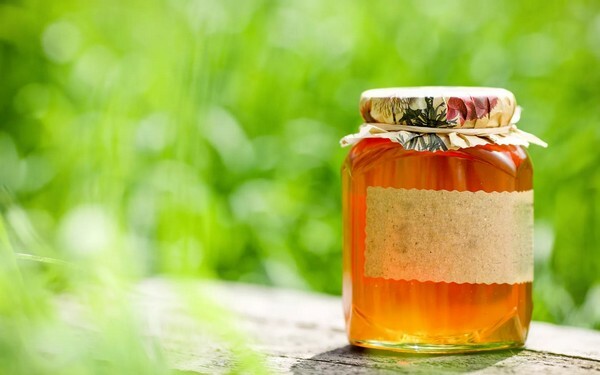
With internal fat
This kind of treatment is good for gentle, easily irritated or damaged skin of feet.
For the procedure, you should use the inner fat, and not the lard. In order not to make a mistake in choosing a product, it is possible to heat the fat yourself. Add the crushed root to the finished product, mix thoroughly and apply to the affected area.
With sea salt
A piece of gauze or cotton cloth is moistened with a hot solution of sea salt, squeezed and applied to a shredded horseradish compress. The lotion is closed with waxed paper, fixed and put on a warm sock to preserve heat.
Warning. The procedure requires caution in case of damage to the skin in the area where the compress is applied.
With clay
It is recommended to use white clay to treat the calcaneal spur in two ways:
- Mix grated root with clay powder in any convenient for use proportions. The ratio of ingredients is selected individually depending on the sensitivity of the skin.
- On the gruel from grated horseradish compress from the diluted to creamy state of clay. To cover the lotion it is better to use waxed paper.
The mixture intensifies blood circulation, saturates damaged tissues with useful substances, draws toxins.
Horseradish leaves for the treatment of the calcaneal spur
Often, horseradish leaves are used to get rid of the spur. The procedure is especially effective if the cause of fasciitis is the deposition of salts.
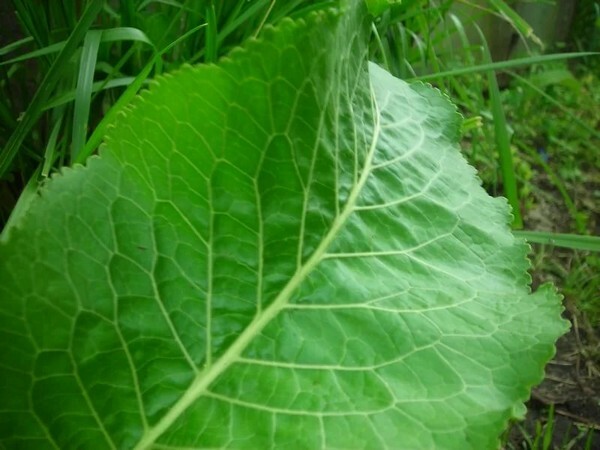
For treatment, the young plant is heated in hot water and tightly applied to the foot in several layers. The compress is fixed with a bandage and left overnight. If the next morning on the sheet appeared white crystals, then the procedure was successful.
Tip. With severe pain during walking, several young leaves are put into shoes as an insole.
All these treatments for horseradish spur are effective and easily accessible, but should only be used in combination with conservative therapy. Self-activity for pain in the foot is better not to deal with. Plantar fasciitis is a serious disease requiring the help of a doctor.
Warning. The article is for informational purposes only. Consultation of a specialist is necessary.
